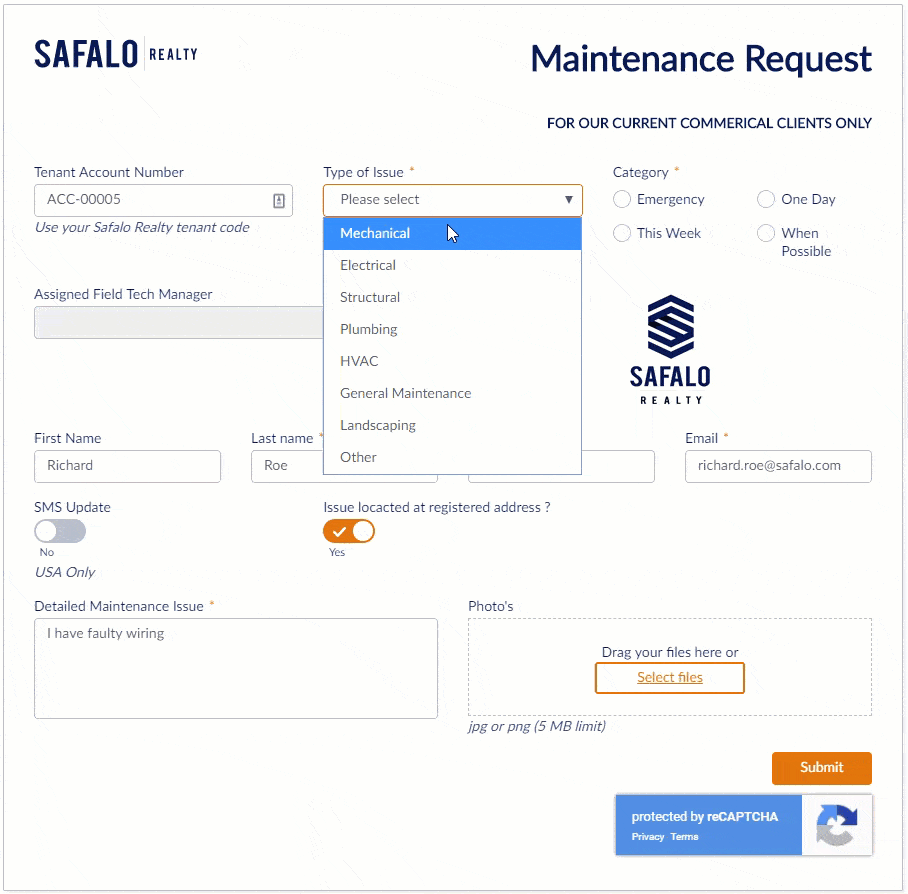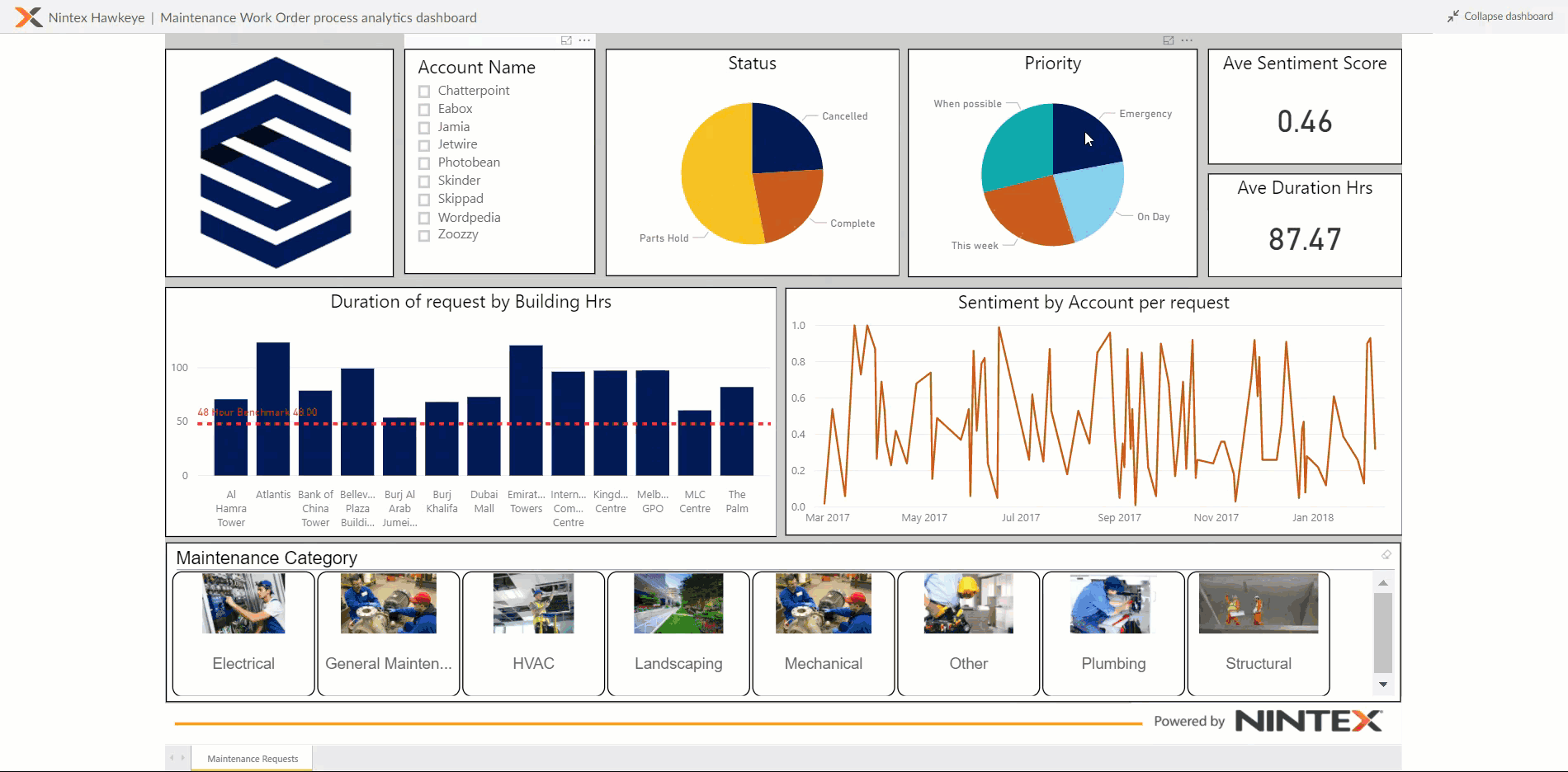You have built workflows and automated numerous high impact processes within your organization using the Nintex platform. You have saved time for your colleagues and yourself – but when asked, how do you quantify the savings and increased efficiency? How do you show your boss, or the C-suite, how well their Nintex investment is paying off? Furthermore, how do you identify where there are opportunities for you to further optimize your already built out workflows?
Focus on optimization
To illustrate how you can move beyond automation and start to focus on optimization, we’ll look at a building maintenance request process. This example finds a way to make a typically maddening process for a building manager and his or her tenants much less painful.
Renting commercial space in a building makes financial sense for most organizations. However, it is often frustrating than when a tenant calls a building manager to request a repair, only to have the request end up in a black hole (this, of course, assumes the caller can get through on the first few attempts).
Oftentimes, the building manager is overwhelmed with the influx of urgent requests to their scheduled maintenance, and the manual, disjointed process isn’t flexible enough to meet the increasing number of needs. Therefore, for building management, there is a high potential for loss of critical information, an ever-increasing difficulty prioritizing where to schedule workers, and a consistent flood of unorganized and unfiltered requests pushing through to the maintenance team.
What is the impact of doing nothing?
From the tenant perspective, the impact of building maintenance issues can be huge – essentially placing their business in a holding pattern until the issue is resolved. Imagine a call center in the middle of summer with 200 operators and a broken Heating, Ventilation and Air Conditioning (HVAC) unit.
These kinds of process breakdowns can be the difference between a lease renewal with a happy tenant, and a lengthy discussion with legal around conditions for breaking a lease.
So, how do you solve the problem?
Automating this manual service request process with Nintex Workflow Cloud could be the first step in this property management company’s digital transformation. The benefits are endless – including eliminating the need for phone tag with building managers, no more backlogs for the maintenance team, and more. But it is important to measure how and why this automated process improves operations.
Using Nintex Analytics, the building manager can look into the efficacy of the automated maintenance request process and develop a benchmark for success. Process intelligence gives the manager a valuable opportunity to analyze workflow-driven data. Instead of being stuck in a never-ending holding pattern with manual processes, he or she can use an intuitive, integrated automation portfolio to optimize their maintenance process to meet their needs.
Here is what the maintenance request process looks like when it is automated:
- The tenant can easily submit a request online, and a worker with the right skills will immediately be assigned the job.
 The process can be integrated with a CRM system to ensure no information is lost, and a new case for the incident can be created.
The process can be integrated with a CRM system to ensure no information is lost, and a new case for the incident can be created.
- Tenants can be notified automatically via email or SMS about the progress of the repairs without having to chase up the request.
- Data captured from the form and through the CRM system can be dynamically used to generate a custom work order and incorporate an e-signature for the tenant to approve and avoid further delays.
- Workflow analytics with Nintex Analytics can be used to identify bottlenecks and make process improvements.
 The tenant will be happy with their experience and renew their lease.
The tenant will be happy with their experience and renew their lease.
Interested in learning more? Contact a Nintex representative today to learn about the Nintex Platform.







